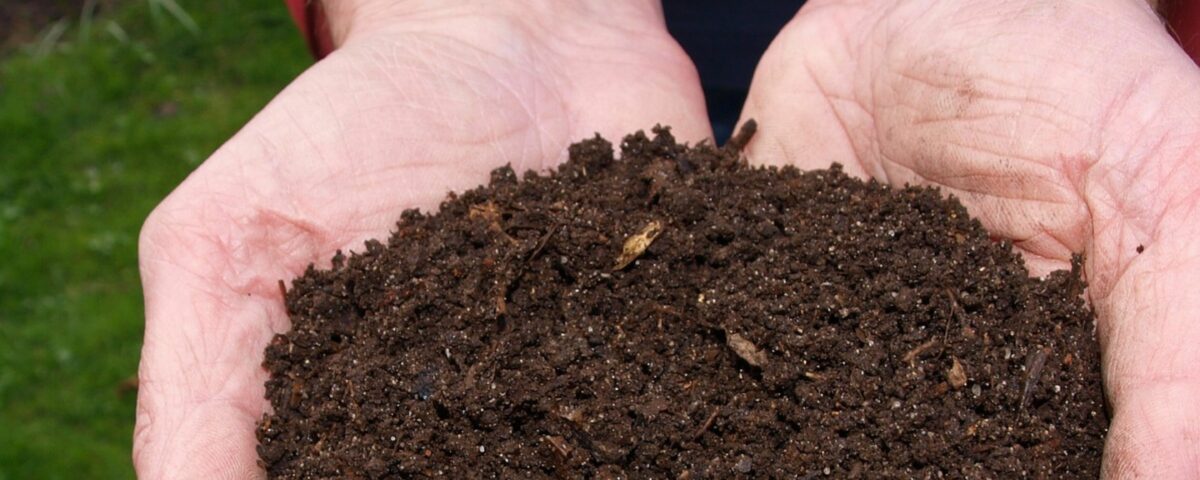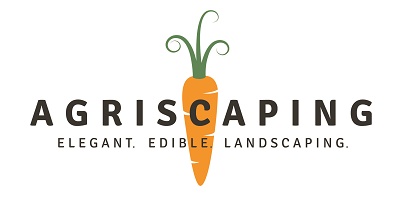Three Steps to Healthy Spring Soil – Step 2: Assessing Ingredients

Three Steps to Healthy Spring Soil – Step 2: Assessing Ingredients
Lasts week we discussed Step 1 – preparing your soil. This week we are going to asses needed ingredients. Your soil should be 18 to 24 inches deep, it should be workable, well draining, holds moisture like a sponge, high in organic matter, neutral pH (6 to 7), and it should crumble easily. We will touch on what some of this means down below.
The soil should be workable soil. This means you don’t have to jump up and down on a spiked fork to get it to go into the ground. The soil is soft enough to be able to start digging in and getting your spring and summer plants planted easily in the ground.
The soil should be draining well. To test this out you can soak the soil, then put a timer on for an hour to make sure the water has drained through. You don’t want to there to be any standing water or puddles in the area you soaked after an hour has passed. The soil might still be soggy, and that’s ok, it’s the surface puddling that you don’t want to see. This will assure that your roots won’t rot.
The soil should hold moisture like a sponge. When the soil gets saturated rather than pooling it actually drains through it just continues to gurgle and bubble in and the water slowly moves through the soil. If you dig down after about an hour you shouldn’t have any pooling that happens in that space either. If you have trees you don’t want it to hold water longer than four hours.
Some of the Spring additions for clay soil are:
- Gypsum (1/4 cup per square foot worked into about 18 inches.).
- Manure
- Compost
- Cardboard
- Mycorrhiza
- Ammonia Sulfate
- Saw dust
- Pine needles
- Sulfur
- Iron
Join us next week as we cover Step 3: Preparing Your Soil. To learn more and get some amazing free guides check out Agriscaping Green Thumb Thursday at https://agriscaping.kartra.com/page/greenthumbthursday
